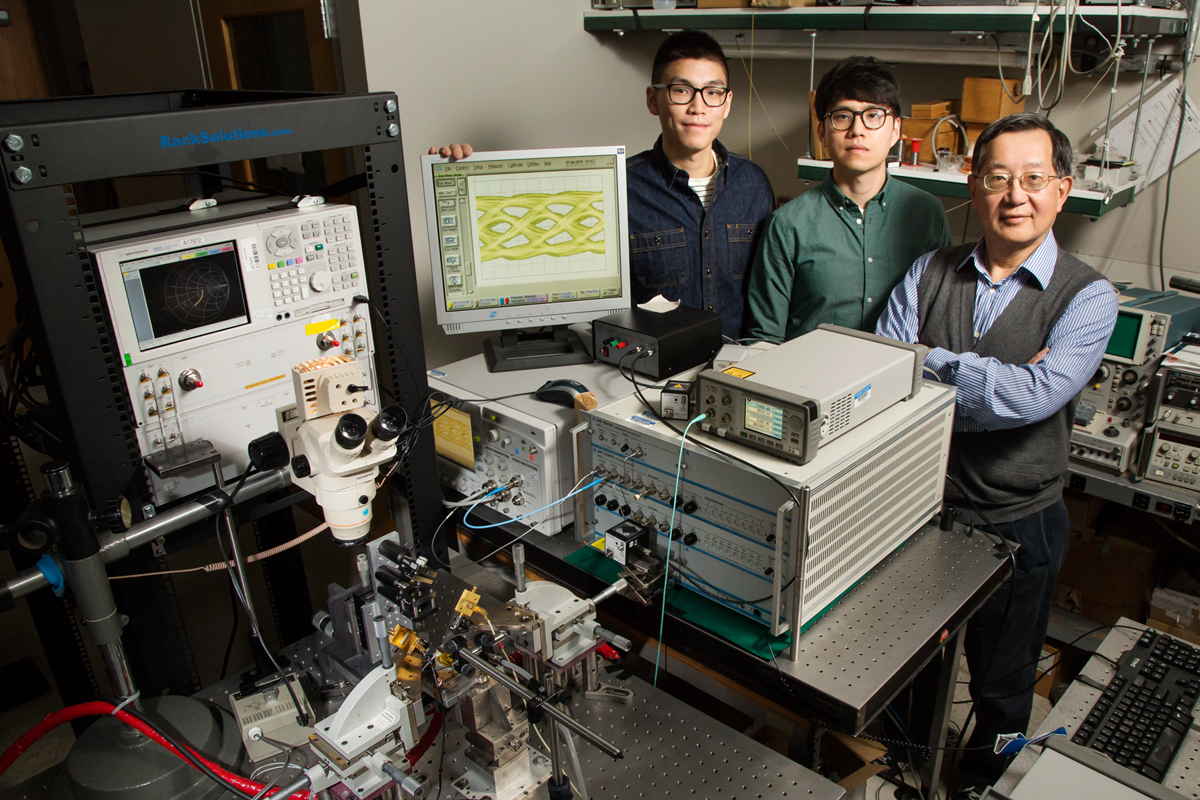
Higher Speed Over Distance
Researchers from the University of Illinois report they’ve set a new record for fiber optic data transmission—they were able to deliver 57 gigabits per second of error-free data.
The research team was led by electrical and computer engineering professor Milton Feng and also included professor emeritus Nick Holonyak Jr. and graduate researcher Curtis Wang.
“Our big question has always been, how do you make information transmit faster?” Feng said. “There is a lot of data out there, but if your data transmission is not fast enough, you cannot use data that’s been collected; you cannot use upcoming technologies that use large data streams, like virtual reality. The direction toward fiber-optic communication is going to increase because there’s a higher speed data rate, especially over distance.”

Temperature and Application
The speed the data travelled isn’t the only notable part of the story—the data in the study was sent at room temperature. In fact, even when the environment reached 85 degrees Celsius (185 degrees Fahrenheit), the data still travelled at 50Gbps. Getting data to travel fast at high temperatures is difficult, according to Feng,
“That’s why data centers are refrigerated and have cooling systems. For data centers and for commercial use, you’d like a device not to carry a refrigerator. The device needs to be operational from room temperature all the way up to 85 degrees without spending energy and resources on cooling.”
Feng hopes that the study will prove that high-speed operation at high temperatures is scientifically possible and useful for commercial applications.
“This type of technology is going to be used not only for data centers, but also for airborne, lightweight communications, like in airplanes, because the fiber-optic wires are much lighter than copper wire,” Feng said. “We believe this could be very useful for industry. That’s what makes the work so important to us.”